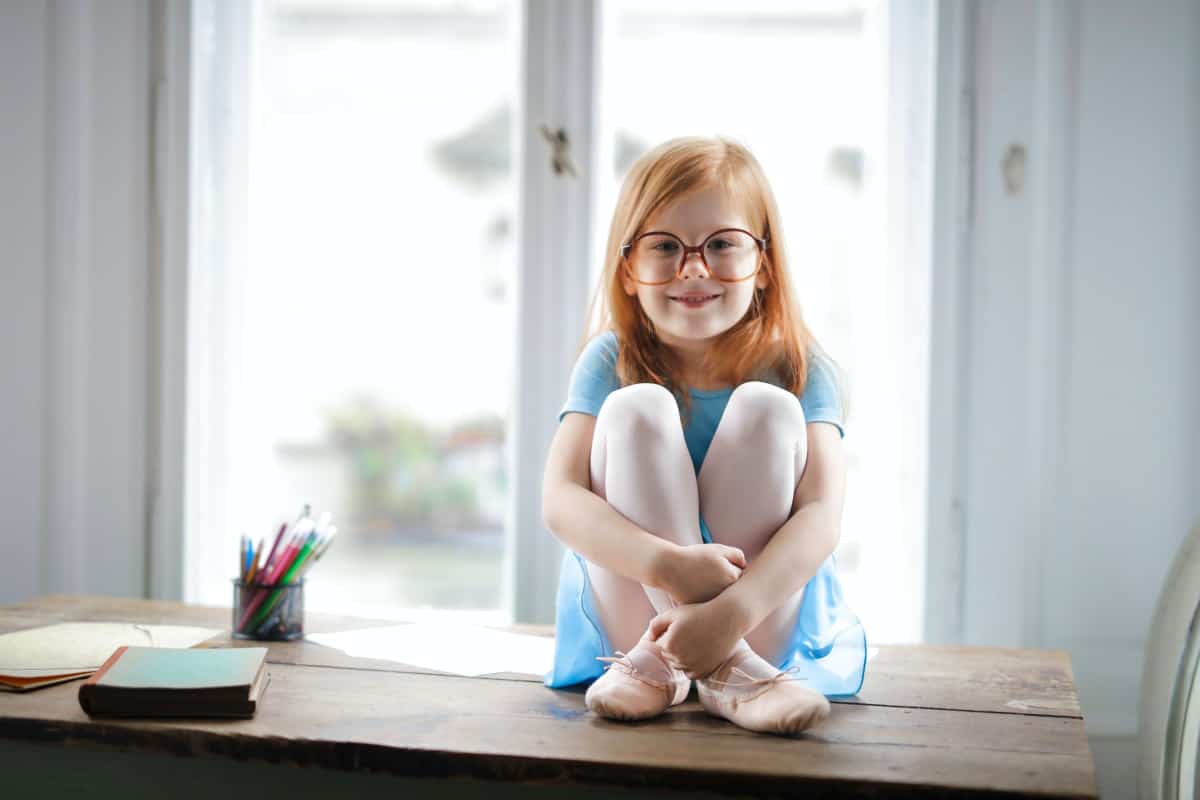The benefits of mindfulness on wellbeing have long been discussed in blogs, news articles and research papers, and to date, including mindfulness in day-to-day working results in stress levels dropping, sleep quality improving, and pain dropping. The evidence was clear, adults benefitted from mindfulness for wellbeing. But why not start early? Why wait until you “need” it? By introducing its practical applications and techniques as a matter of daily practice anyone can build resilience within an increasingly demanding world and lay strong foundations for emotional and mental fitness through life.

The following are 3 simple activities adapted from my Mindfulness workshops – and specifically aimed at children that help them to accept, manage and express their emotions in a healthy manner. There is a great deal of anxiety in the world – so many pressures and demands, and it can be quite hard to lay those foundations and take an active hand in your wellbeing. By being able to deal with – and even learn to choose – how we feel and behave, we nurture greater confidence in our relationships, and our interactions – often bringing us greater success and greater happiness throughout our life. It is never too late – nor early – to start.
1. Create a Calm Kit
A calm kit is a great way to teach children ways to self-soothe in a healthy manner. A “Calm Kit” is a little box or bag of activities or things which can help children release or manage stress.
- Find a little box or a bag – something that can be personalised or decorated
- Discuss with your child what will help them feel calm when they are experiencing big emotions.
Some tips:

- Some children are able to learn “paced breathing” so a card which reminds them to take a deep breath in for 3, hold for 2 and out for 3 can be enough; others may need something practical to help them – so a bottle of bubbles encourages them to breathe in a paced manner without thinking about it.
- If you are not comfortable expressing how you feel directly, or perhaps you do not have the words – include a notepad and pen. This will allow you to write or draw your feelings. It is also a good way to engage in something calming such as drawing a picture which can also lower stress levels, or somewhere to write down creative ideas.
- If you like to have something to do with your hands, including a “fidget toy” or a “stress ball” can help keep your hands occupied. This is sometimes found to assist children who struggle with sitting still in class – having a “wobble cushion” or a “fiddle toy” which is allowed by the teacher enables them to self soothe while remaining within school-wide rules.
- Having a fan can also help you to (literally) cool down as one’s temperature often rises when we get stressed. If a breath of fresh air is not possible due to the environment, a fan is an excellent option.
- A little checklist can also be helpful – perhaps this includes a series of “kind words” to use; or a reminder to “breathe deeply” when you recognise that you are getting stressed.
- The “Calm kit” is individual to each person, and you might find it is something that you can do together – and talk about what you both include in there. (My adult clients tend to include a packet of tea).
2. Recognise the signs of stress
This is a very simple exercise – and again one which you can do together – in order to recognise the signs of stress (and when to use your Calm Kit!)
- Think of a time when you were angry at someone – and recognise where in your body you feel those sensations. As a parent observing, you may notice twitches or movements perhaps a clenched fist or a tapping foot.
- Identify what those sensations were, where they were and how they felt, and discuss how when you recognise those feelings, that is a good time to ask to use your Calm kit.
- “Cool down” from this exercise by thinking of a time you felt loved and safe and recognising where you feel those sensations.
3. Gratitude Stretching

A lovely way to think positively, as well as give your body a little bit of TLC.
- Stretch your arms and think of someone you are really happy to have in your life.
- Stretch your legs and think of something you are grateful to have
- Shake out and think about what you are really looking forward to doing today.

Dr Audrey Tang is a Chartered Psychologist, CPD Accredited speaker and trainer. She is the author of The Leader’s Guide to Resilience due out in late 2020. (prev. The Leader’s Guide to Mindfulness (Pearson & FT, 2018). Follow her on Twitter and Instagram @draudreyt

